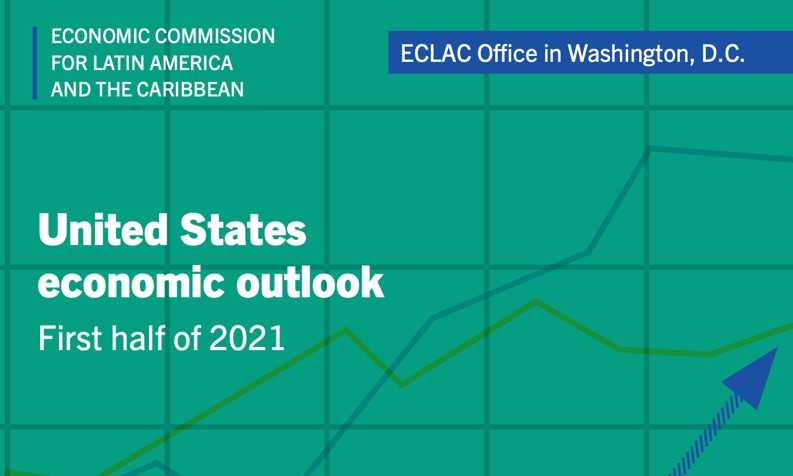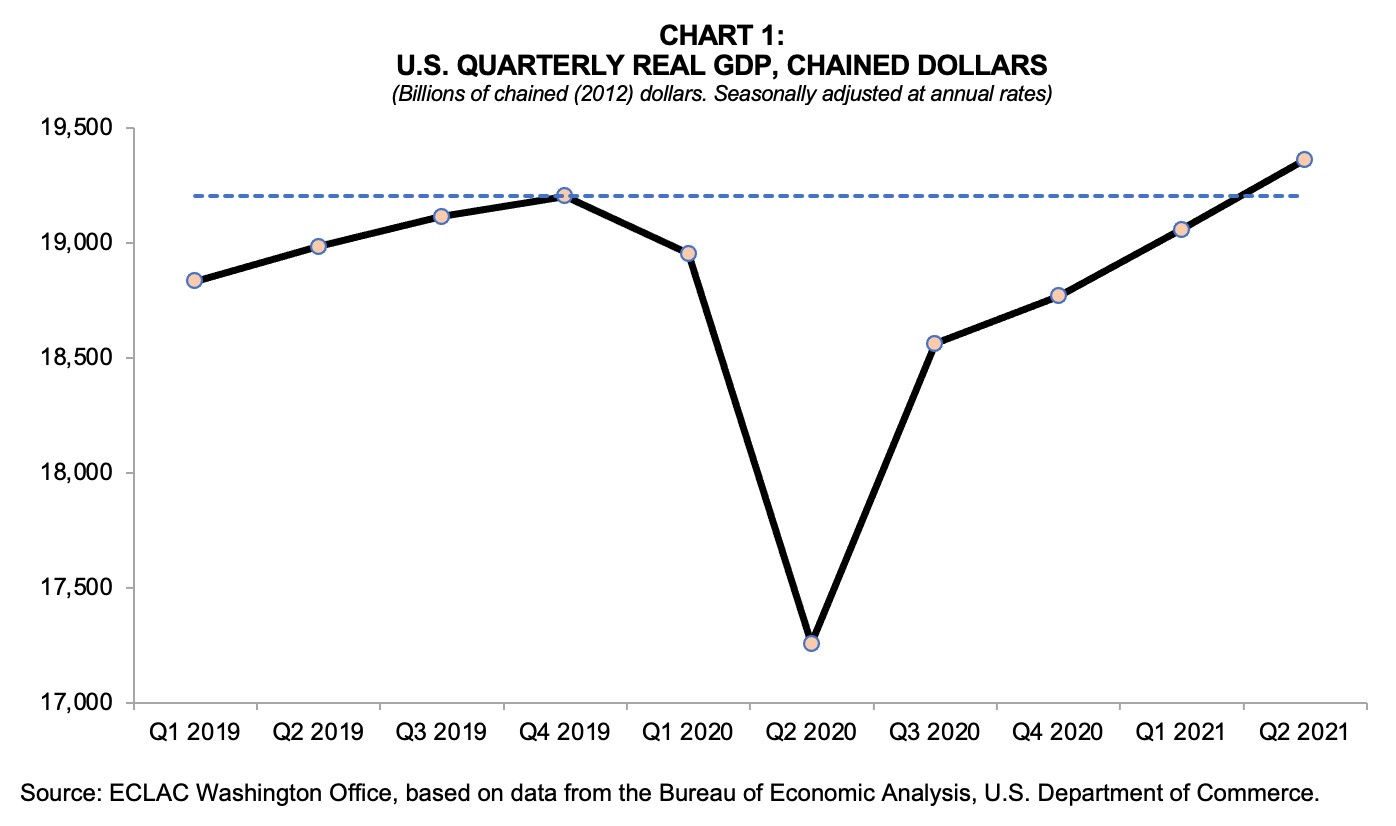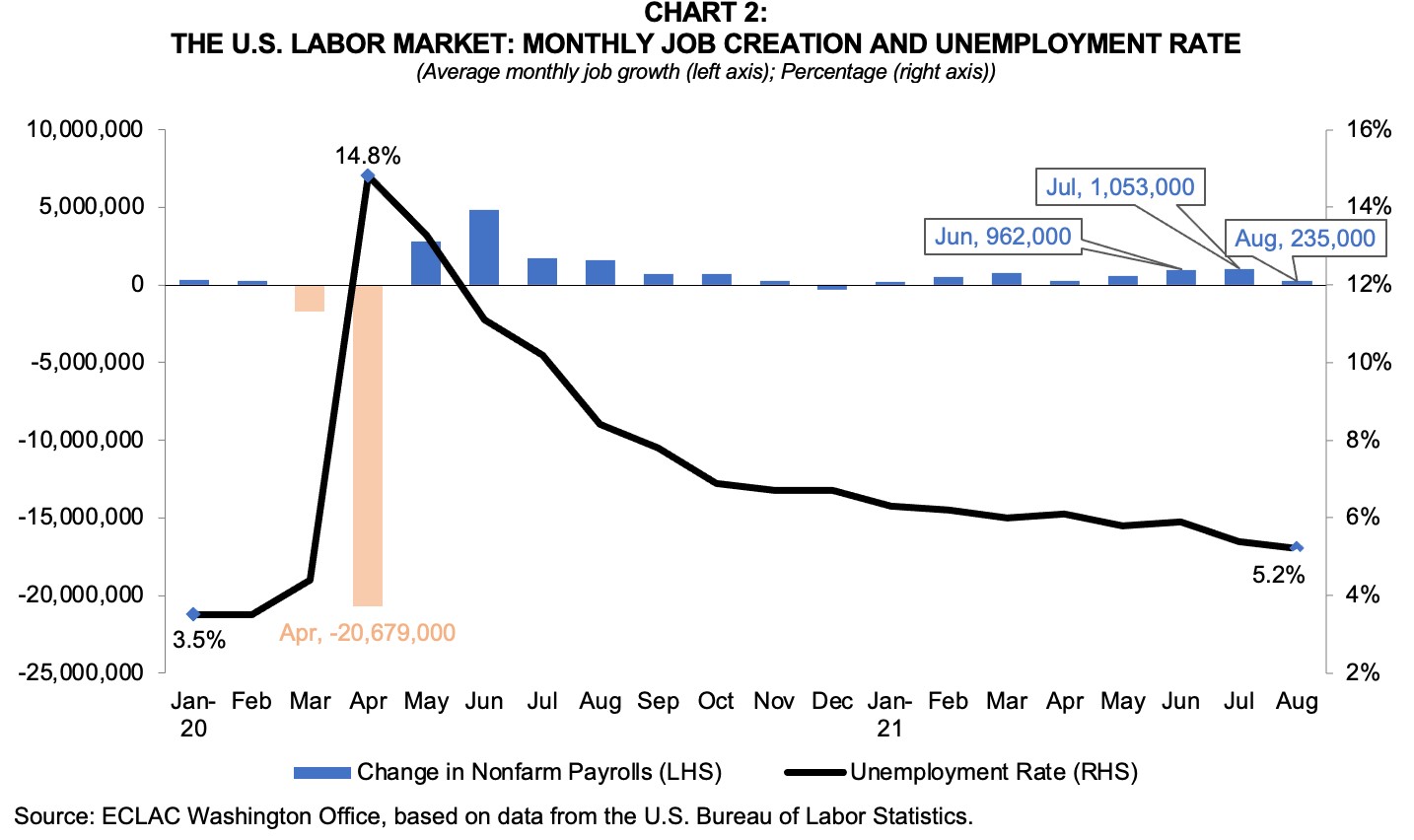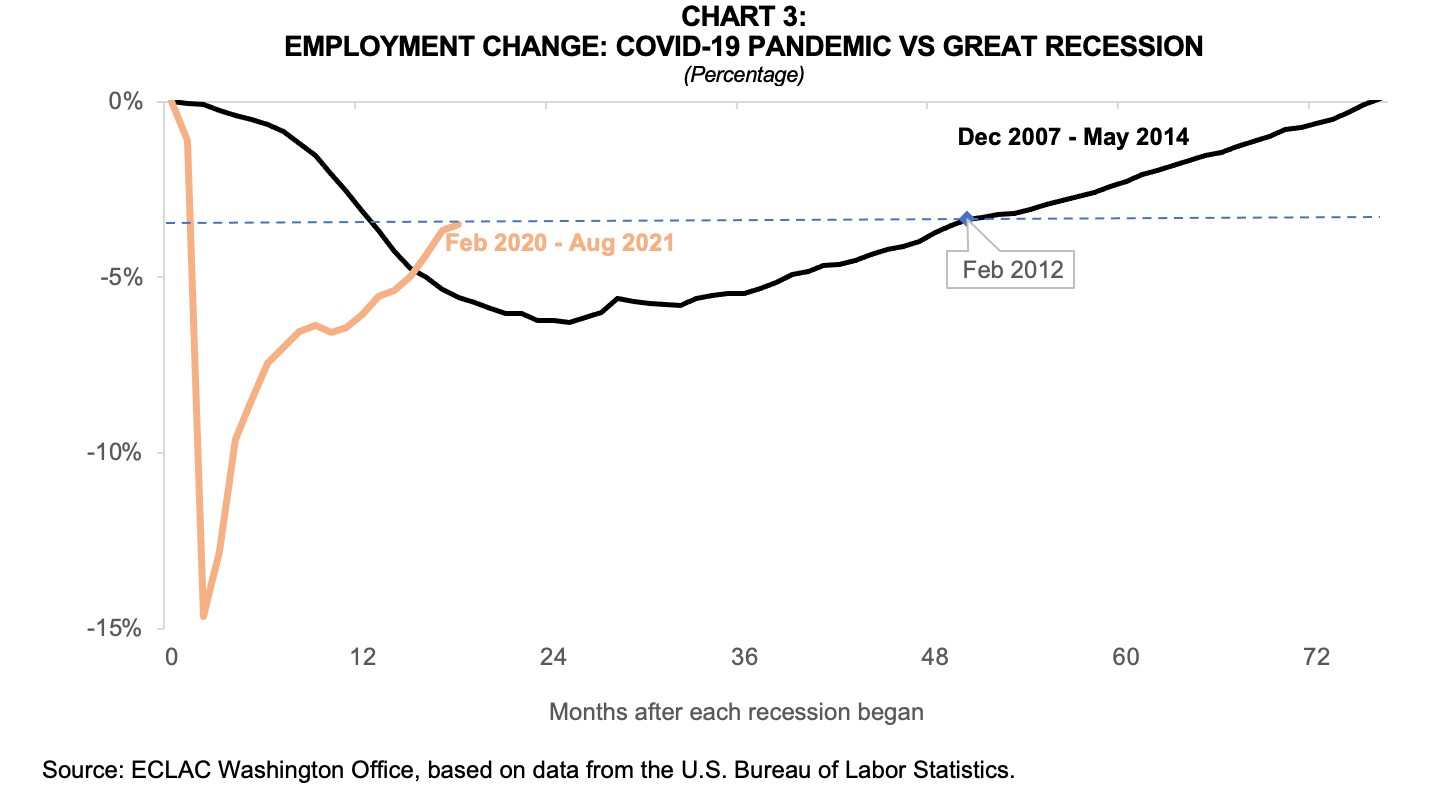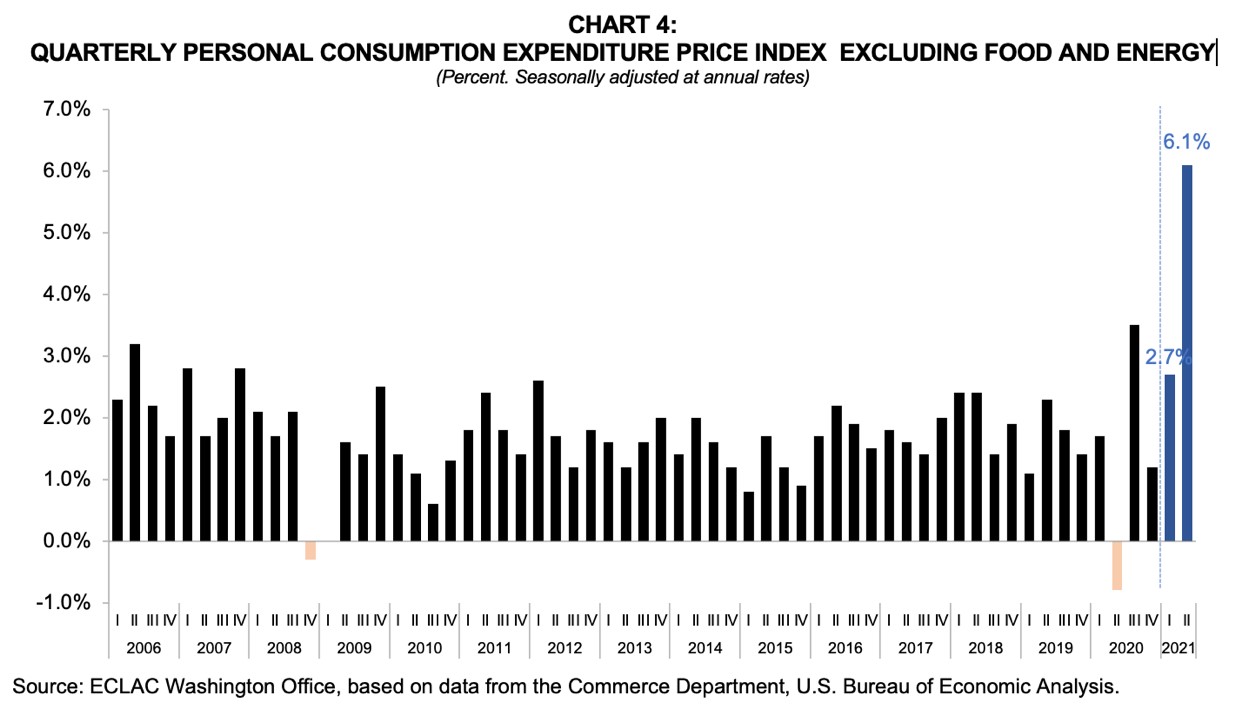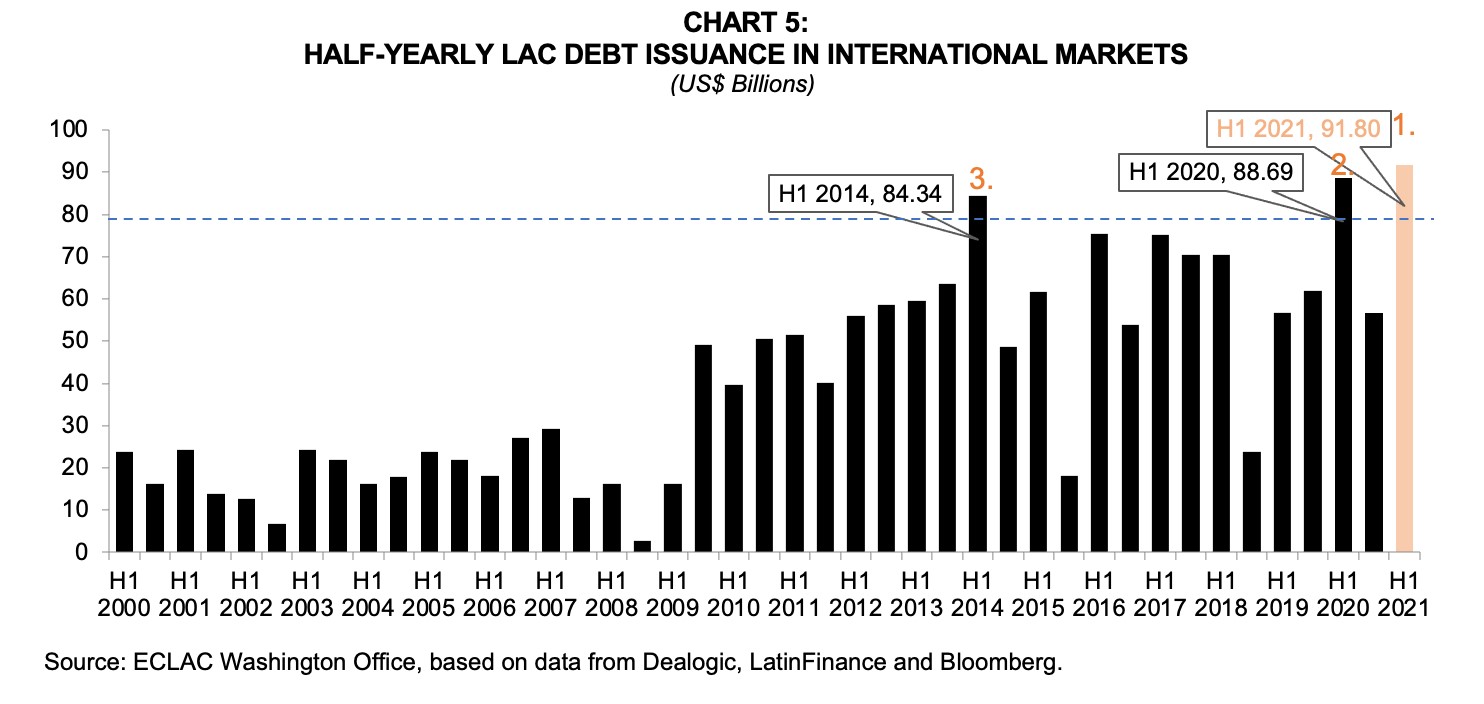28 Ago 2024
Comunicado de prensa
Autoridades dialogan sobre el futuro de la producción estadística en la región y reafirman su relevancia para atender las necesidades emergentes y los desafíos globales
Autoridades dialogan sobre el futuro de la producción estadística en la región y reafirman su relevancia para atender las necesidades emergentes y los desafíos globales
